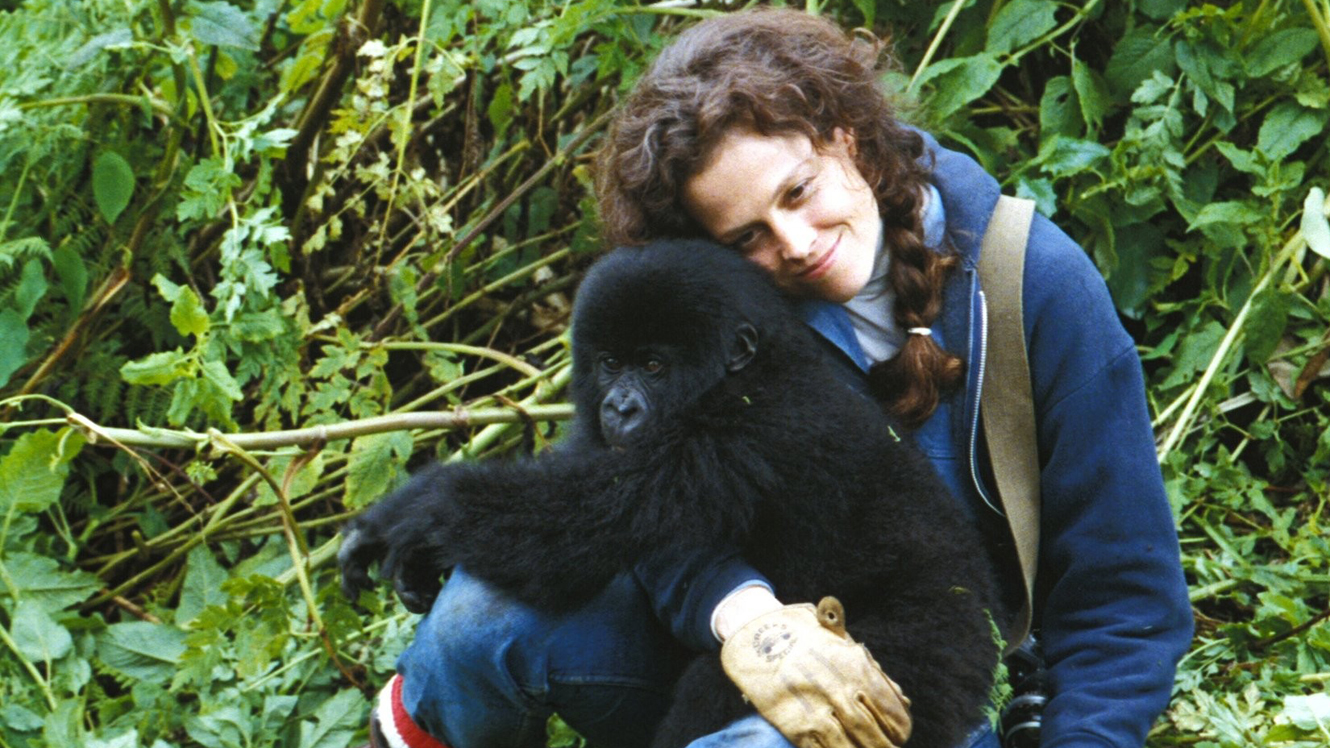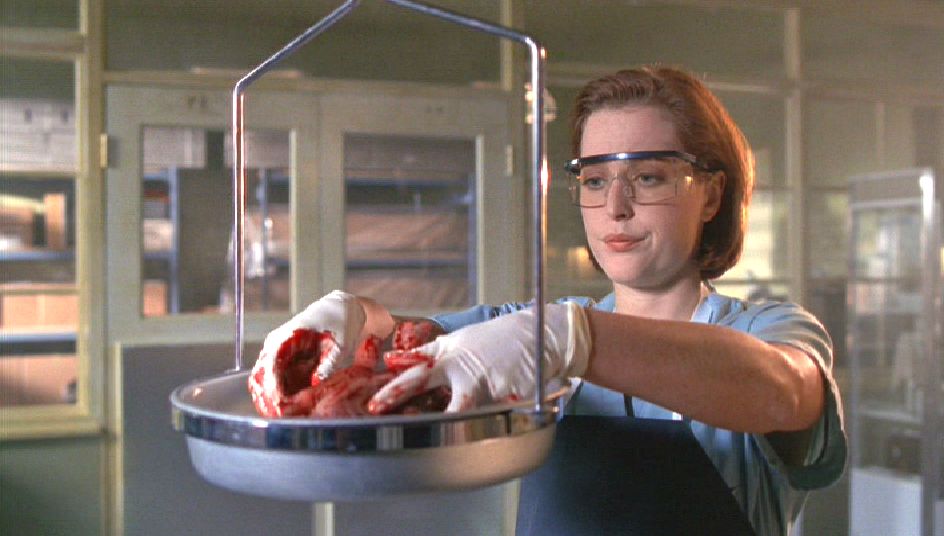This guest post is written by Lacy Baugher. | Spoilers ahead.
Sansa Stark has never gotten a lot of love in the world of Westeros. (Or in the world of Game of Thrones fandom, if we’re being honest.)
Not only has she suffered arguably the most of any character on television in recent memory, she’s been constantly underestimated, belittled, and/or generally disregarded by almost every other character on the show – and half of the series’ fans, to boot. It’s kind of disturbing, actually. No matter what Sansa does, she can’t seem to win; her every decision has been questioned or mocked. She’s been repeatedly dismissed as everything from a vapid teen, to a mindless sycophant, to a selfish “bitch,” to someone hated and despised.
Why does no other female character on Game of Thrones get subjected to this kind of treatment – either inside or outside the narrative? After all, Sansa’s biggest offense appears to be merely that she’s a teenage girl. A girly teenage girl.
From the beginning of the series, Sansa’s character has been positioned as super feminine – she likes pretty dresses and stresses over her hairstyle; she loves lemon cakes; and she has dutifully memorized every basic rule of etiquette. Once upon a time, her biggest dream involved marrying a prince, having his children, and becoming a queen someday.
Sansa isn’t a tomboy, or a warrior, or an epic schemer, like so many of the other women who are cited as examples of Game of Thrones’ slate of “powerful female characters.” She’s basically everything an ideal young Westerosi noblewoman is supposed to be, which immediately sets her apart from characters like Daenerys Targaryen, Cersei Lannister, Arya Stark, Yara Greyjoy, and Brienne of Tarth — women who actively reject traditional female roles and attempt to carve out different kinds of lives for themselves. And who, incidentally, are all the sort of gender-defying heroines who are seen as exceptional precisely because they emulate stereotypically perceived masculine traits or they compete with the example of men. Sansa doesn’t do that, but this doesn’t mean that she is weak, nor does it mean that she possesses no agency within her own story.
This is why her ultimate transformation into the resident Stark family badass is so satisfying. Strength is more than fighting with swords, and no one has proved that more often than Sansa Stark. She’s gone from being a (honestly, pretty annoying) starry-eyed teen to a brave and complex heroine, capable of making tough decisions in the face of tremendous personal pain. Perhaps most importantly, she’s done it without attempting to remake herself in the image of men or by diminishing the strongly feminine traits that set her apart from many of Game of Thrones’ other women. She still retains and embodies all the traits the series used to punish her for – and that fans made fun of, back during the show’s first couple of seasons – only now, she’s learned to use those traits and skills to her advantage.

Sansa’s indomitable strength has been built on the things that many mock her for – her embrace of femininity, etiquette, and kindness doesn’t get a lot of respect in the world of Westeros. But, in her case, these are the reasons, along with her adaptability, why she has survived as long as she has and why she’s able to find some measure of success. Her small acts of courtesy, her conversational skills, and her understanding of the relationships between people – these are the qualities that many of the other major players in “the game of thrones” either scorn, ignore, or ridicule.
But Sansa has fought for her life with words and smiles and patience. While her battles may look very different from Arya’s or Daenerys’, her victories, though perhaps smaller in scale, are no less legitimate.
Sansa learned from a very young age that her job was to be polite, kind, and obedient – to follow the rules of etiquette laid out for all “good” young women. “Courtesy is a lady’s armor,” Septa Mordane told her, and it’s advice that Sansa constantly returns to, whether she’s trying to survive the Lannisters, manipulate the Vale lords, or get through a wedding (or two) to a man she doesn’t love.

She adapted to the revelation that almost everything she ever believed in turned out to be a lie; she’s literally been hit in the face with the fact that the chivalrous world order she idealized for so long doesn’t actually exist. However, that doesn’t make her Septa’s advice wrong, and Sansa’s survival is due to the fact that she learns to repurpose – and even to weaponize – the same skills she was once told would make her the most proper of ladies.
In the end, Sansa draws her strength from traits and skills that almost everyone else dismisses and thinks are useless – the way that almost everyone thinks she is useless. No one taught her survival skills, or swordsmanship; she was taught how to be a good conversationalist, sew pretty embroidery, and to make people feel at ease. The amazing thing about Sansa is that she manages to turn domestic tasks into survival skills.
Because of these lessons, Sansa is able to sit down across the table from monsters, smile blankly into the middle distance, and ask about the weather over her food as they insulted her family and threatened her life. (Although the addition of rape in Sansa’s storyline is troubling.) She never forgot a thank you or a curtsy. Her unfailing courtesy allowed her to shield and protect herself, so that she could survive and fight another day. (In the Stark family, sometimes just not getting yourself killed in the name of honor is probably the best you can do.)
Sansa’s perfectly polished facade even allows her to rebel against her oppressors to some extent – grand dame Lady Olenna Tyrell is the only other character on Game of Thrones who can rival Sansa for throwing shade at other people, all while masking her active wish for their death in concern or a compliment. Her rebellion is an internal one, for the most part, but her ability to strategically play the role that’s expected of her has assured her survival more than once.

Part of Sansa knowing her courtesies also means that she’s well read in the subject of other people – or at least in a set of specific people. The idea of courtly behavior in Westeros, especially for a girl like Sansa, means that she would have learned about all the other noble greater and lesser Houses – who the families were, where they were from, how they were all related, and their histories.
Sansa knows what it is – perhaps more than the younger version of herself could have ever dreamed – to be a Stark. Her name still commands the most respect out of anyone in the North. Familiar with the Northern families, she knows the debts they owed to her father, her grandfather, heck all the way back through the generations to Brandon the Builder, the first King in the North. Sansa understands the importance of the Stark name, the Stark history, and the Stark symbols; she is willing to harness the power in that imagery.
As it turns out, one of Sansa’s other frequently remarked upon, extremely feminine talents is sewing. As the seasons progress, she’s used clothing to either reimagine, hide, or reinforce her identity several times. At Castle Black, she makes herself a new dress, one emblazoned with a very obvious direwolf — not just because it’s pretty or because she certainly deserves a wardrobe upgrade after an entire season stuck in her drab Bolton prisoner attire. It’s because she understands that she is the face of this new rebellion, that she is the face of the Starks, and as such she will play her role both physically and visually. She must look the part. “The North Remembers,” “there must always be a Stark in Winterfell,” and all that, but it doesn’t hurt to give them a reminder.
Sansa even makes her half-brother Jon Snow a new greatcloak, one that looks exactly like the one that used to belong to beloved, martyred Stark patriarch Ned, because she knows that some Northerners will need the visual aid to remind them that Jon is a Stark too, and that their duty is to support Ned’s children. The wolves have come again to claim their own, that’s the message these clothes are meant to convey. They themselves are the banner the North is meant to rally behind. While Jon may be positioned as Northern army’s great leader, it’s Sansa who shows them the symbol they need.
This isn’t the first time that Sansa has displayed a stereotypically feminine gift for reading people and understanding how to present herself to match or take advantage of their expectations. As part of her upbringing, she was taught that part of the job of a proper noble lady was pleasing those around her, and anticipating their needs before they could think to ask for whatever it was they wanted. This has made her very observant, thoughtful, and aware of the relationships between the people around her – and she’s (finally!) learning how to use this information to her advantage.
Perhaps as a byproduct of the destruction of her own idealistic view of the world, Sansa has developed an uncanny understanding of people’s images of themselves and how they want others to see them, which is how she manages to survive living with both Joffrey and Ramsay for so long.
Her understanding also gives her the insight that Jon lacks about facing the Boltons in battle. She is intimately familiar with Ramsay’s sadistic streak, and she’s watched him enough to know how he wishes to present himself to his men, the other Northern lords, and even to the remaining Starks. Because of this, Sansa accurately guesses the general shape his plan will take – Rickon will likely be sacrificed because he’s a threat to Ramsay’s claim to legitimacy, some action will be taken to try and force Jon to make an emotional and/or rash decision in the heat of battle, etc.
In the end, the fact that the good guys emerge victorious in the Battle of the Bastards is almost entirely due to Sansa — a victory achieved despite the fact that Jon openly and repeatedly ignores his sister’s advice and commentary about how the encounter with Ramsay should go. Sansa, admittedly, doesn’t know anything about the actual art of fighting, and therefore can’t articulate how to incorporate her insights into the attack on Winterfell. As a result, Jon seems to dismiss her opinion outright – and then proceeds to ignore all her warnings entirely once Rickon is threatened (just as Sansa feared). Is her advice discounted because she’s a feminine woman unfamiliar with warfare? Would the same concerns have been taken more seriously coming from a character like Daenerys Targaryen or Yara Greyjoy? And why is Sansa’s tactical realization that Rickon was likely lost no matter what they did disparaged as heartless while Jon basically got a pass for almost getting everyone killed because he reacted emotionally? These seem like questions worth asking.
Unfortunately, Sansa is also not given space to explain her decision to keep Petyr Baelish’s presence a secret from her half-brother. Does she hold back the information about the possible arrival of the Vale knights because she wasn’t sure they were actually coming? Because she knew Jon would do something rash and their army would need extra support later in the battle? Did she want the chance to be a hero herself? Frustratingly, the show offers no insights on her thoughts at this key moment, and in some ways seems to imply that her decision was possibly due to the fact that she’s a flighty emotional girl who didn’t know any better. That such a reading would be a step backward for her character is both obvious and kind of gross, but it also isn’t entirely out of the realm of possibility, as uncomfortable as that may be, particularly given her treatment at season’s end.
The Season 6 finale sees Sansa’s contributions yet again diminished. During the half dozen speeches urging Jon (her half-brother/cousin/whatever he is) to take up Robb’s King in the North title, not one person (including Jon) acknowledges her; in fact, I’m not even sure that anyone even speaks to her during that scene. This happens despite the fact that she has a stronger claim to Winterfell as a trueborn Stark daughter and that her efforts were what really saved the lot of them in the battle with the Boltons. If it hadn’t been for Sansa’s timely arrival with Baelish’s (“Littlefinger”) army – whatever her motivations for holding them in reserve during the initial phase of fighting – all these Northerners praising Jon’s leadership ability would probably be dead.
That Lyanna Mormont, a young girl who herself leads her own House, first dismisses Sansa in favor of her brother is especially difficult to stomach, particularly in a season that has been so focused on seeing the women of the show claim their power. It’s probably not a mistake that Lady Lyanna has very little in common – in attitude or leadership style – with Sansa, and further perpetuates Game of Thrones’ general ideas of what “empowered women” are “supposed” to look like.
Perhaps the question we’re meant to ask is: What does real power for a woman like Sansa look like? What does it mean to be a feminine woman with real agency? Does that power make people uncomfortable? If so, why? It’s a conversation worth having, particularly given how far Sansa, specifically, has come.
Jon and Arya are perhaps the Starks that have displayed more flashy heroic traits, what with his resurrection and her assassin training. But that doesn’t discount the fact that Sansa too, is a survivor, and has been through just as much – probably more, if we’re honest – than any of her siblings. Sansa may not be a warrior, but she is a fighter and a leader, and she’s learned how to be better at being both of those things because of who she is, not in spite of it – girly dresses, lemon cakes, and all.
See also at Bitch Flicks: I’m Sick to Death of Talking About Rape Tropes in Fiction and all our other articles on ‘Game of Thrones.’
Recommended Reading: Don’t Hate on Sansa Stark’s Powerful Femininity via Bitch Media
Lacy Baugher is a digital media strategist by day, and a lover of all things geeky all of the time. Her major interests include British period dramas, complex ladies in superhero stories and the righteousness of Sansa Stark’s destiny as Queen of the North. Stop by and say hello on Twitter at @LacyMB.
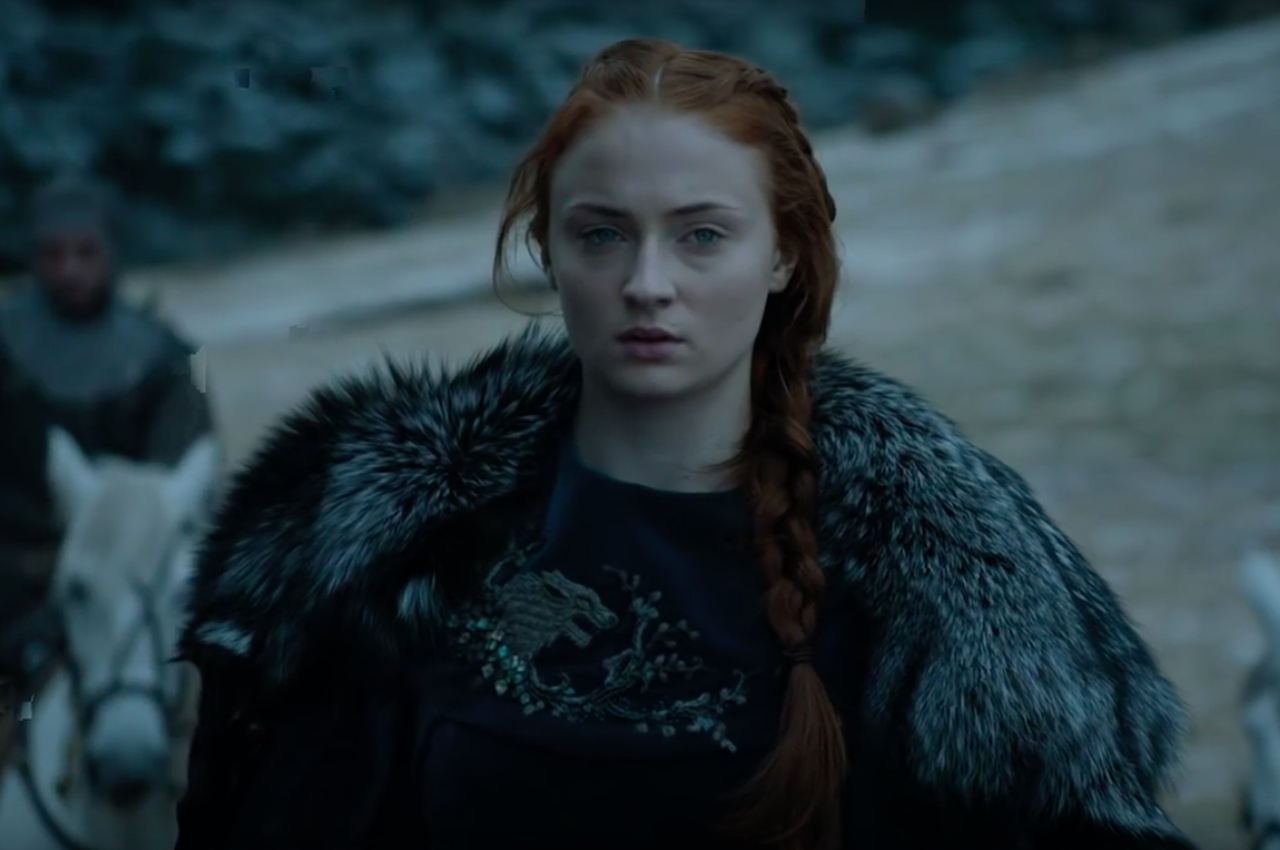



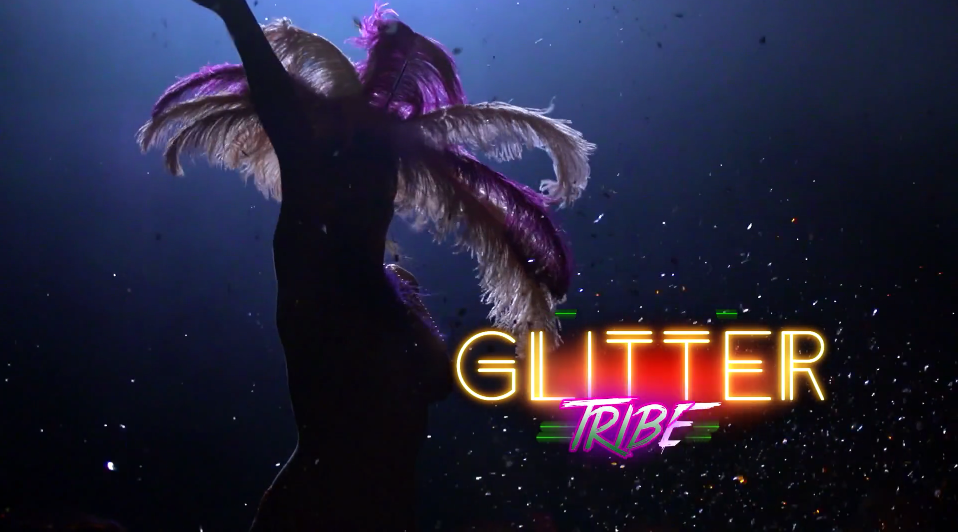






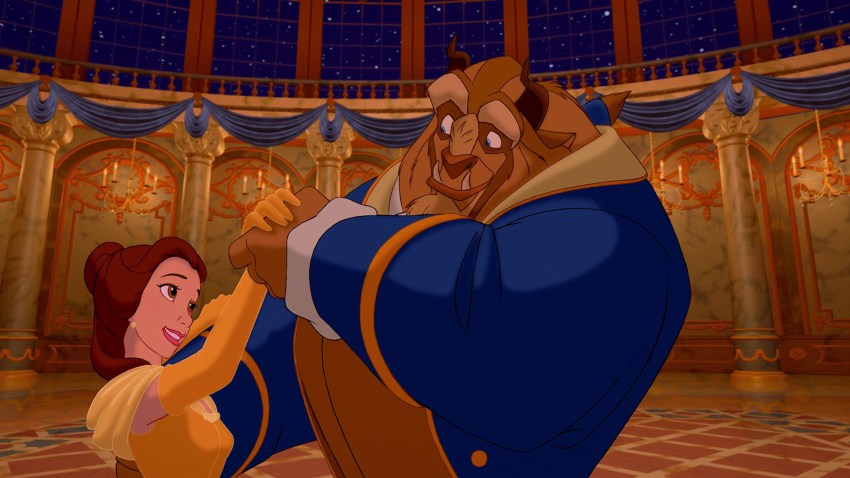


















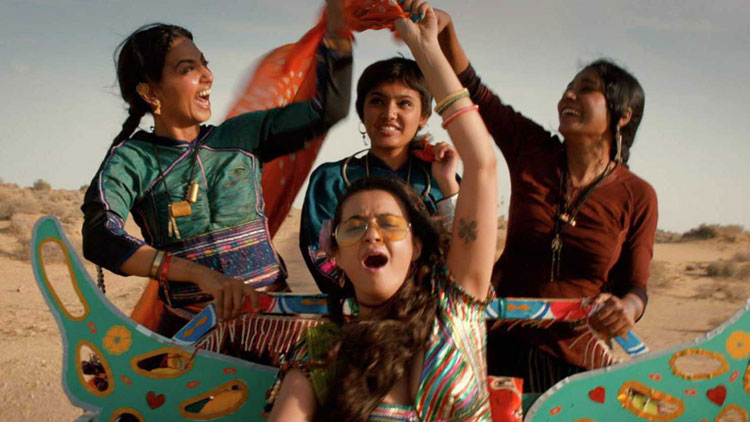

















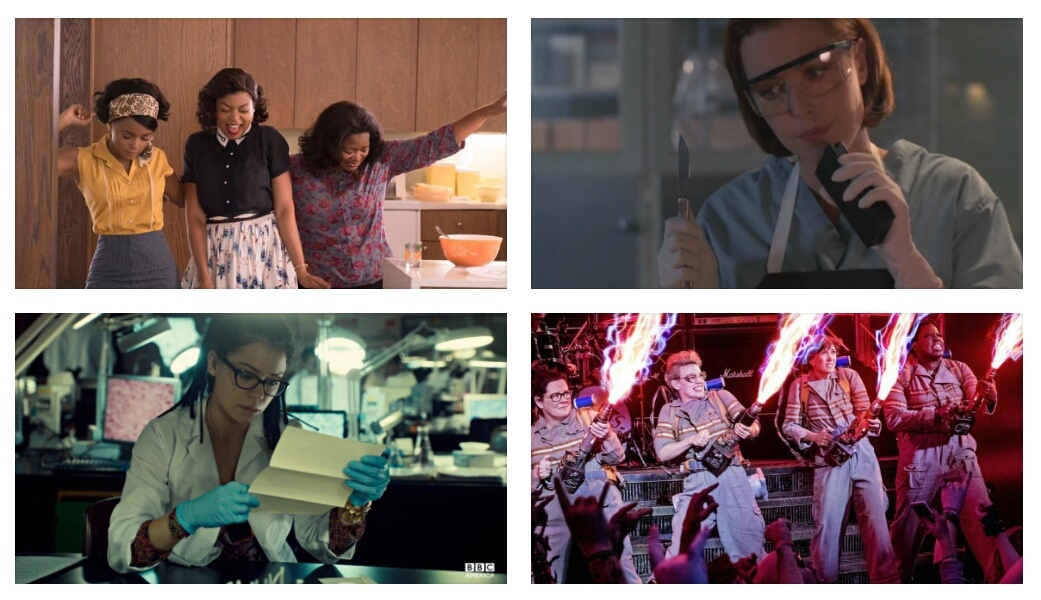







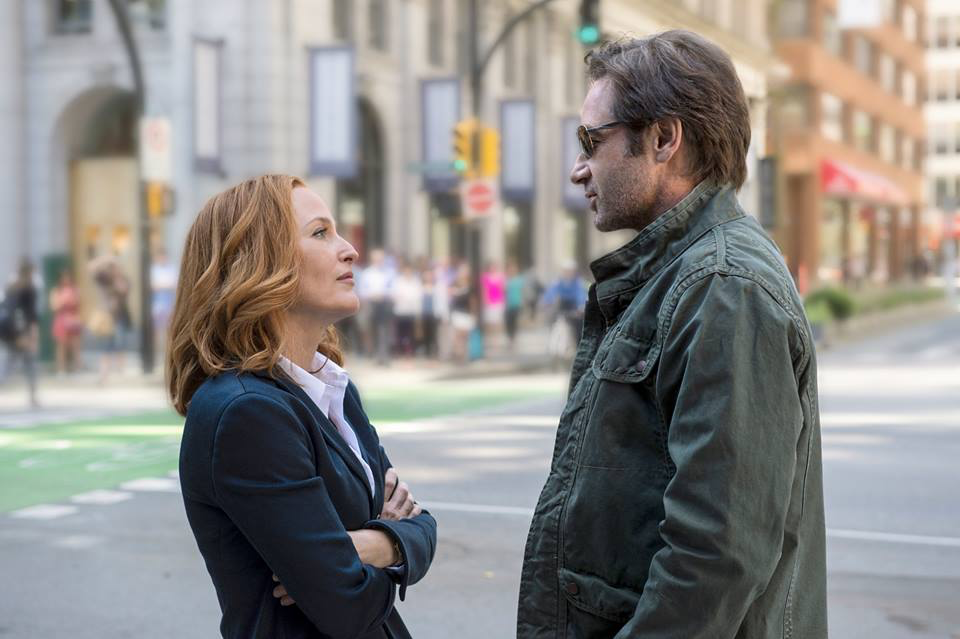



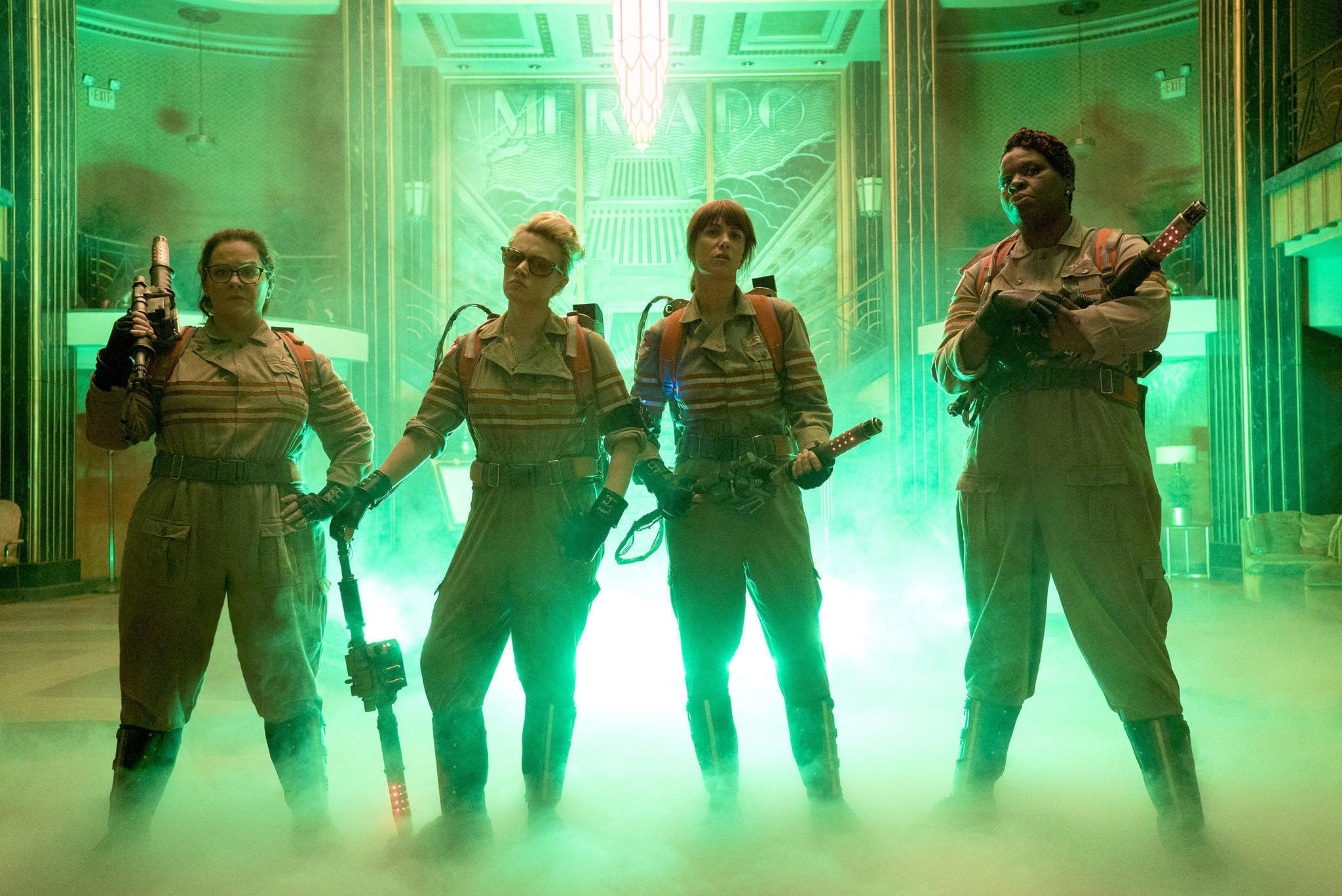


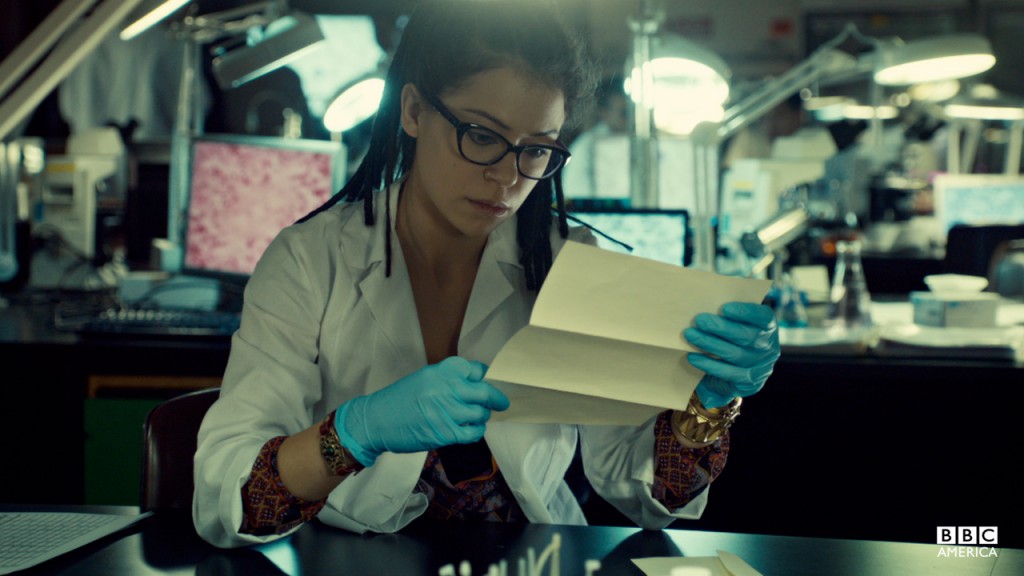





![Big Bang Theory | Penny [surname unknown] (Kaley Cuoco) with the rest of the cast – the season one Smurfette The Big Bang Theory](https://www.btchflcks.com/wp-content/uploads/2016/07/Big-Bang-Theory-3.jpg)


